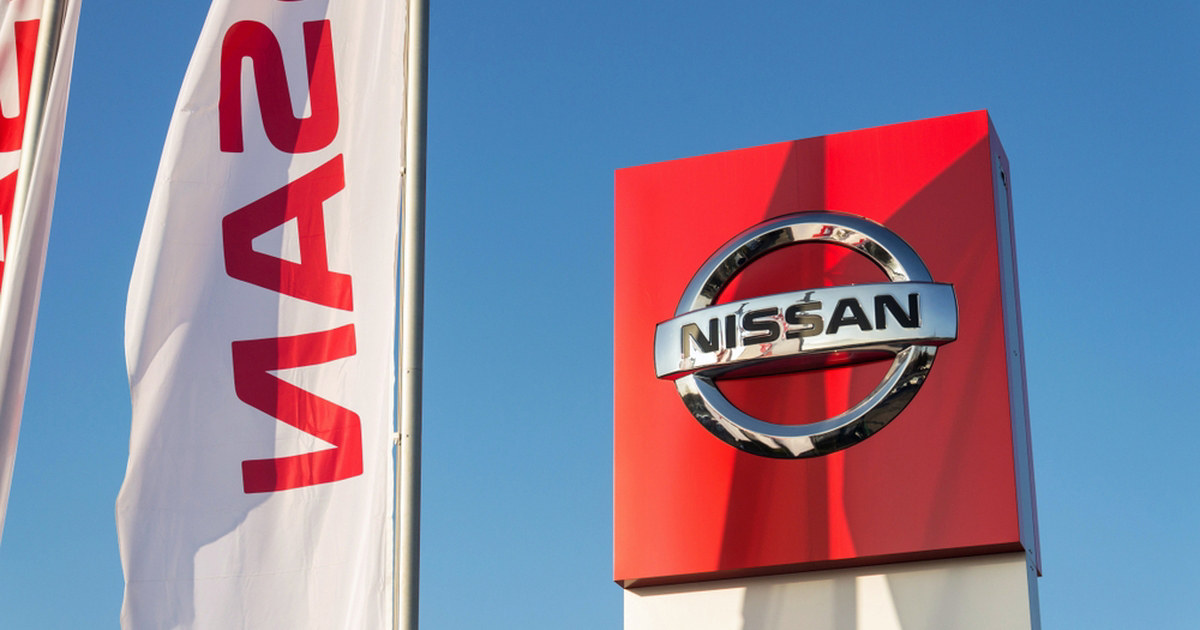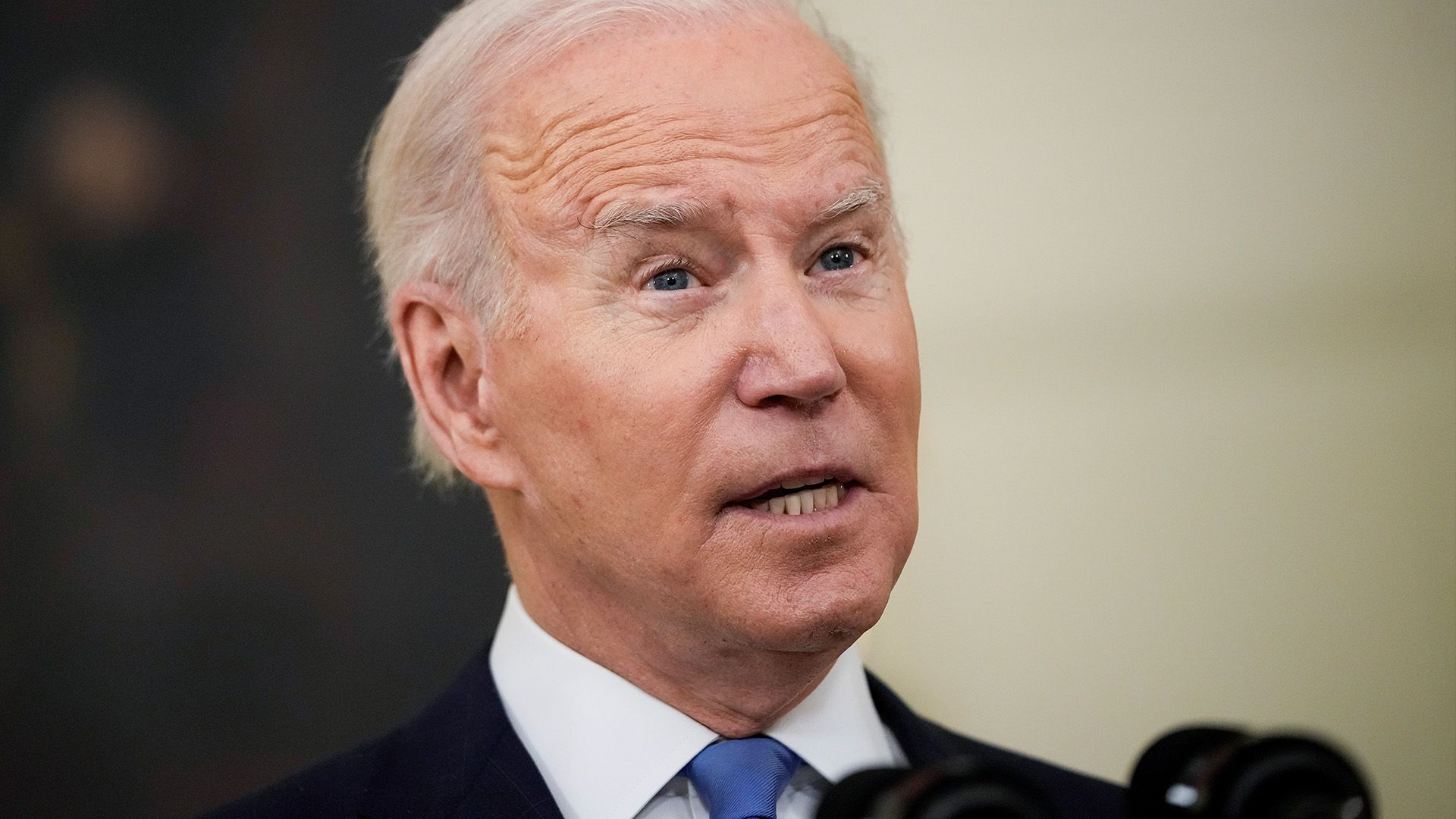More Than BMW And Porsche: The Growing Pains Of Western Automakers In China

Table of Contents
Intensified Competition from Domestic Brands
The rise of powerful domestic Chinese car brands presents a formidable challenge for Western automakers. Companies like BYD, Geely, and NIO are no longer simply competing; they are aggressively capturing market share with competitive pricing, advanced technology, and a laser focus on the needs of the Chinese consumer.
-
Aggressive Pricing and Technological Advancements: Chinese brands are aggressively undercutting Western competitors on price, particularly in the burgeoning electric vehicle (EV) sector. Simultaneously, they are integrating cutting-edge technologies, often surpassing Western brands in specific areas like battery technology and autonomous driving features.
-
National Pride and Affordability: A significant factor fueling the success of domestic brands is national pride. Many Chinese consumers actively prefer to support homegrown industries, further bolstering the market share of these rapidly expanding companies. The affordability factor is also crucial, particularly in a market with a diverse range of income levels.
-
The EV Revolution: The Chinese government's strong push towards electric vehicles has created a fertile ground for domestic manufacturers specializing in EVs. Western automakers must invest heavily to compete effectively in this rapidly growing sector.
Shifting Consumer Preferences and Demands
The Chinese automotive market is not static; it’s a dynamic ecosystem driven by ever-evolving consumer preferences. Understanding these shifts is critical for Western automakers hoping to maintain a competitive edge.
-
The EV Mandate: The demand for electric vehicles and hybrid cars is exploding in China. This necessitates substantial investment from Western automakers in EV development, production, and charging infrastructure.
-
Tech-Savvy Consumers: Younger generations of Chinese consumers are exceptionally tech-savvy and demand advanced features. Connected car technology, advanced driver-assistance systems (ADAS), and seamless integration with mobile devices are no longer luxury add-ons but essential features.
-
Luxury Redefined: While the luxury car market in China remains strong, the definition of luxury is changing. Consumers are looking for more than just a prestigious badge; they want innovative technology, personalized experiences, and brands that align with their values.
Navigating Regulatory Hurdles and Infrastructure Challenges
The regulatory landscape in China is complex and constantly evolving. Western automakers must navigate a maze of regulations, import tariffs, and infrastructure limitations to succeed.
-
Stringent Regulations: China has implemented stringent emission standards and safety regulations, forcing Western automakers to adapt their production and design processes to meet these requirements.
-
Import Tariffs and Trade Barriers: Import tariffs and other trade barriers can significantly impact the profitability of importing and selling vehicles in China.
-
Charging Infrastructure Development: The rapid growth of the EV market highlights the need for a robust charging infrastructure. Western automakers need to consider investing in, or partnering with, companies developing this critical infrastructure.
-
Government Incentives and Policies: Understanding and leveraging government policies and incentives related to EVs and sustainable technologies is crucial for gaining a competitive advantage.
Supply Chain Disruptions and Geopolitical Factors
Global supply chain disruptions and geopolitical factors add another layer of complexity to the challenges faced by Western automakers in China.
-
Semiconductor Shortages: The global semiconductor shortage has significantly impacted automotive production worldwide, including in China. This underscores the need for robust and diversified supply chains.
-
China-US Relations: Geopolitical tensions between China and other countries, particularly the US, can create uncertainty and impact market stability.
-
Supply Chain Reliance: Many Western automakers rely heavily on Chinese suppliers. Managing this reliance and mitigating associated risks is essential for ensuring a stable supply chain.
-
Adapting to Uncertainty: Western automakers must develop strategies to adapt to geopolitical uncertainties and their potential impact on business operations in China.
Conclusion
The Chinese automotive market presents both significant opportunities and considerable challenges for Western automakers. Intense domestic competition, evolving consumer preferences, regulatory hurdles, and geopolitical factors all contribute to the growing pains experienced by these brands. Success in this dynamic market requires substantial investment, agile adaptation to changing consumer demands, and a deep understanding of the unique cultural and political landscape. To thrive, Western automakers must prioritize innovation, localization strategies, and a keen awareness of evolving consumer demands. Don't get left behind – learn more about the challenges and opportunities facing Western automakers in China today and develop a robust strategy to navigate this complex and ever-changing market.

Featured Posts
-
 Joe Biden On The View Interview Time And How To Watch
May 16, 2025
Joe Biden On The View Interview Time And How To Watch
May 16, 2025 -
 Senators Vs Maple Leafs Nhl Playoffs Game 2 Prediction Picks And Odds
May 16, 2025
Senators Vs Maple Leafs Nhl Playoffs Game 2 Prediction Picks And Odds
May 16, 2025 -
 San Jose Earthquakes Defeat Shorthanded Portland Timbers
May 16, 2025
San Jose Earthquakes Defeat Shorthanded Portland Timbers
May 16, 2025 -
 Portland Timbers 7 Game Unbeaten Run Snapped By San Jose
May 16, 2025
Portland Timbers 7 Game Unbeaten Run Snapped By San Jose
May 16, 2025 -
 What Is Creatine And Should You Take It A Complete Guide
May 16, 2025
What Is Creatine And Should You Take It A Complete Guide
May 16, 2025
